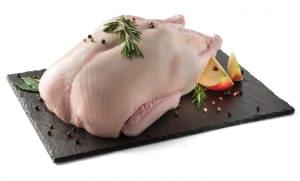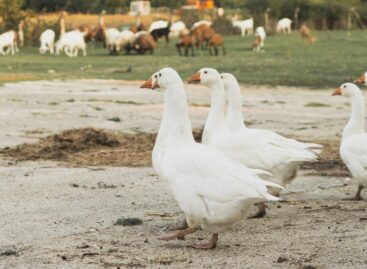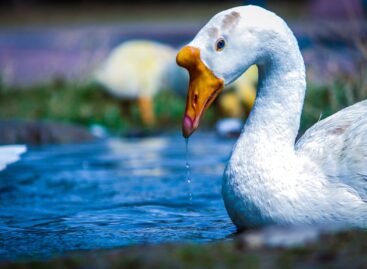Before St. Martin’s Day: can we expect an increase in prices for geese and ducks?
On November 11, St. Martin’s Day, it is customary to eat goose, and according to this, goose roast is an indispensable delicacy in Hungarian kitchens. However, due to the bird flu epidemic and the effects of inflation, many are concerned that the price of holiday food may rise. According to Miklós Látits, the secretary of the Duck and Goose Association, there is no need to expect drastic price increases this year, reports Pénzcentrum.
The impact of bird flu and market prices
 Although bird flu has re-emerged in several places in recent months and had a significant impact on herd size, experts say it will not dramatically affect market prices. Miklós Látits said that although there may be a small price increase, a higher price increase than in the case of other foodstuffs is not expected. He emphasized that although export prices have risen, domestic prices will not skyrocket. Customers planning at home will therefore not need a major redesign when purchasing the holiday menu.
Although bird flu has re-emerged in several places in recent months and had a significant impact on herd size, experts say it will not dramatically affect market prices. Miklós Látits said that although there may be a small price increase, a higher price increase than in the case of other foodstuffs is not expected. He emphasized that although export prices have risen, domestic prices will not skyrocket. Customers planning at home will therefore not need a major redesign when purchasing the holiday menu.
Significant losses in the sector
Lajos Braunmüller, the editor-in-chief of the Agricultural sector, highlighted that more than 220,000 waterfowl had to be forcibly slaughtered due to bird flu. This caused significant damage to the sector, especially in duck and goose farming. At the same time, the strict regulations introduced by the authorities have so far prevented the virus from appearing in chicken and turkey farms kept in more closed conditions. However, the less industrialized waterfowl sector remains more vulnerable.
Demand and pricing: what to expect?
Despite the increase in the price of geese and ducks, according to Miklós Látits, the situation does not lead to a significant rise in prices this year. Due to the wave of inflation in recent years, customers have already switched from more expensive foods such as goose and duck to buying more basic foods. As a result, demand has decreased, which reduces upward pressure on prices. Lajos Braunmüller emphasized that premium products, such as fattened liver, also show reduced interest due to high prices.
Why are geese and ducks more expensive?
Keeping ducks and geese presents special challenges. These animals gain weight more slowly and convert feed less efficiently than, for example, chickens, so their rearing costs are higher. Their technology tolerance is also lower, so farmers cannot raise them in completely closed conditions. As a result, epidemics such as bird flu can spread more quickly in these flocks.
Related news
The roast goose flies into your mouth
🎧 Hallgasd a cikket: Lejátszás Szünet Folytatás Leállítás Nyelv: Auto…
Read more >Good news: there will be no shortage of foie gras
🎧 Hallgasd a cikket: Lejátszás Szünet Folytatás Leállítás Nyelv: Auto…
Read more >Goose season is in full swing: record quantities of St. Martin’s Day delicacies are being sold!
🎧 Hallgasd a cikket: Lejátszás Szünet Folytatás Leállítás Nyelv: Auto…
Read more >Related news
How do young adults celebrate?
🎧 Hallgasd a cikket: Lejátszás Szünet Folytatás Leállítás Nyelv: Auto…
Read more >Vajda-Papír celebrates Ooops!’s 15th anniversary with a hybrid AI campaign
🎧 Hallgasd a cikket: Lejátszás Szünet Folytatás Leállítás Nyelv: Auto…
Read more >Pre-holiday shopping at up to half price
🎧 Hallgasd a cikket: Lejátszás Szünet Folytatás Leállítás Nyelv: Auto…
Read more >






